How to Fix Adobe After Effects Crashes and Improve Stability
After Effects might sometimes crash when you try to start it or while you are working, showing messages like “After Effects can’t continue: sorry, After Effects has crashed. (0 :: 42)” or “crash in progress, last logged message was…” Error code (0 :: 42) usually means something went wrong while After Effects was trying to show your project, often because of problems with your graphics card (GPU) or conflicts with third-party plugins.
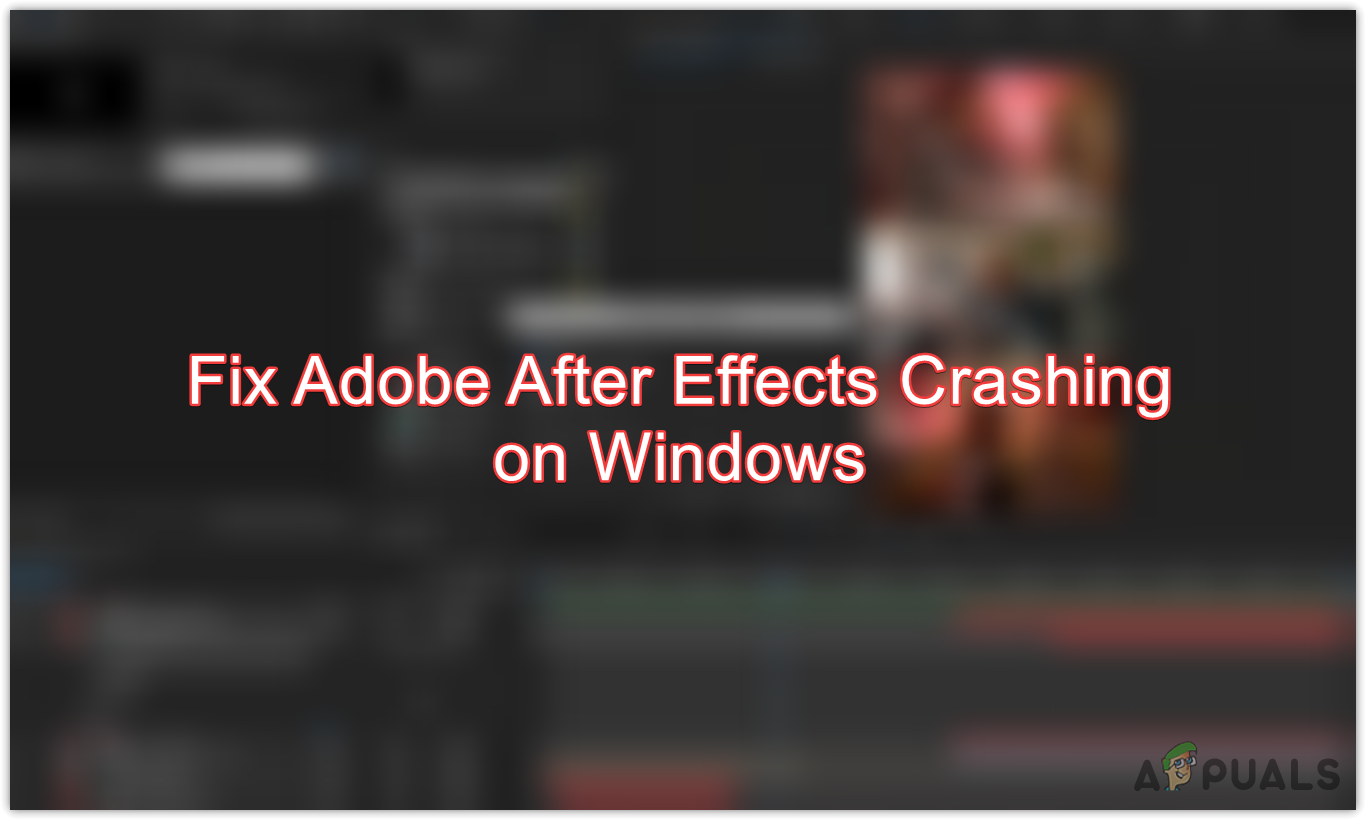
The most common reason is that certain plugins or scripts do not work well with your version of After Effects, especially after you update it. Other causes include broken preferences, damaged project or media files, or settings related to hardware acceleration.
Now that you know the causes, let’s discuss the solutions.
1. Edit at a Lower Resolution
Editing at a lower resolution puts less stress on your system, which can help prevent crashes. This is a simple first step: try reducing your project’s resolution and see if it helps. Use this approach if it works with your workflow; otherwise, try the other solutions in this guide.
- Open After Effects and choose New Composition.
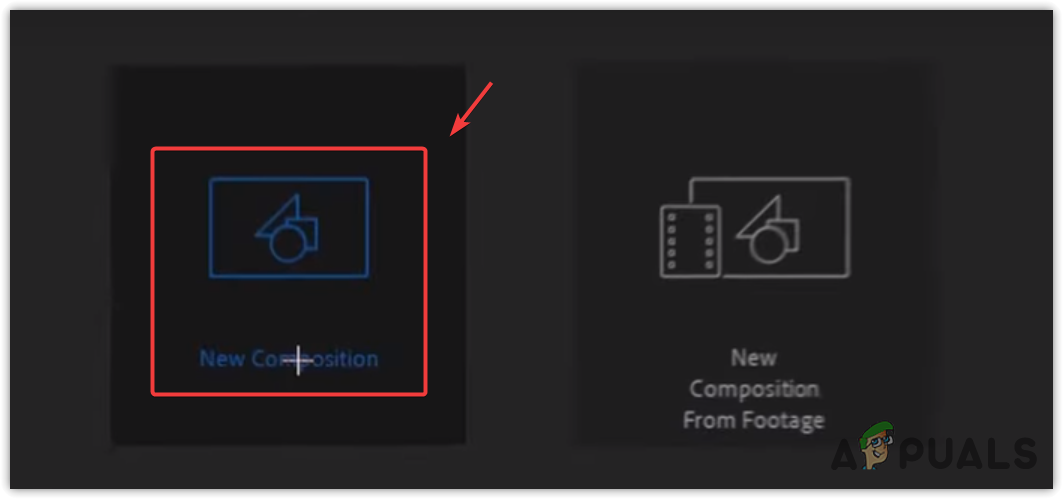
- Set the resolution to 1280 x 720 and click OK.

- After lowering the resolution, check if After Effects still crashes.
2. Disable Hardware Accelerate Composition
As explained earlier, Hardware Accelerate Composition uses your GPU to enhance performance, which increases the load on your computer. If you have 8GB or 16GB of RAM, disabling this feature can often help prevent crashes.
- Open After Effects and go to Edit > Preferences > Display.
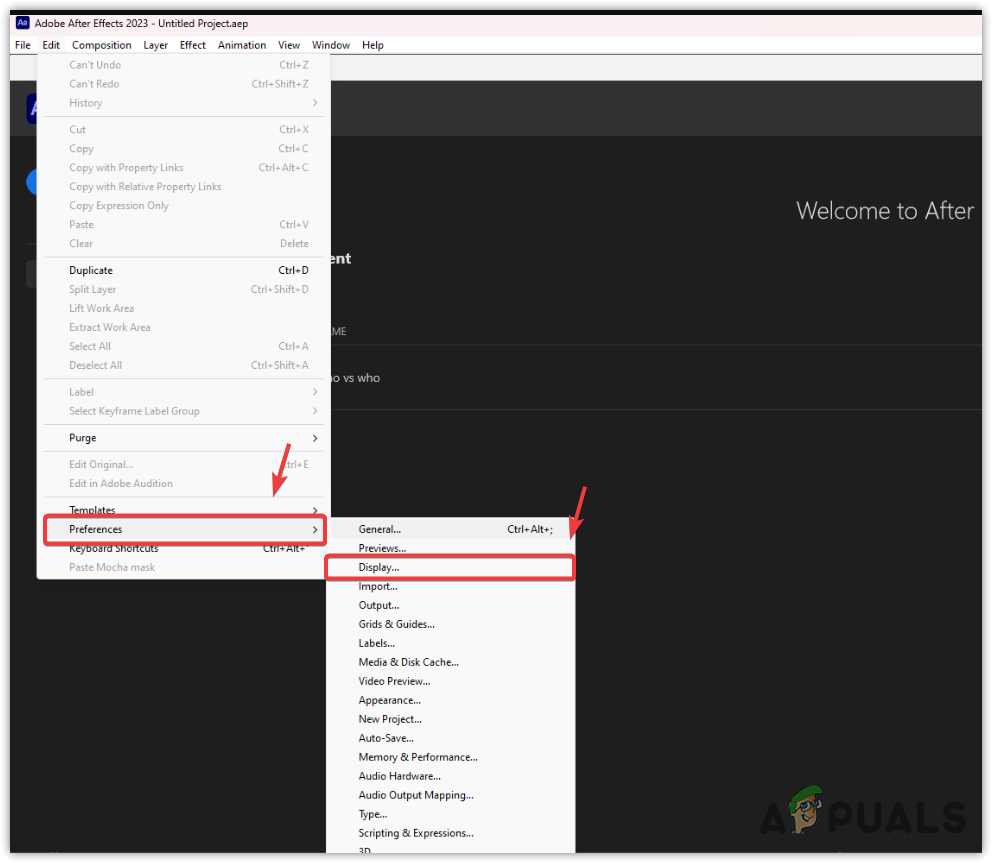
- Uncheck the box for Hardware Accelerate Composition, Layer, and Footage Panels.
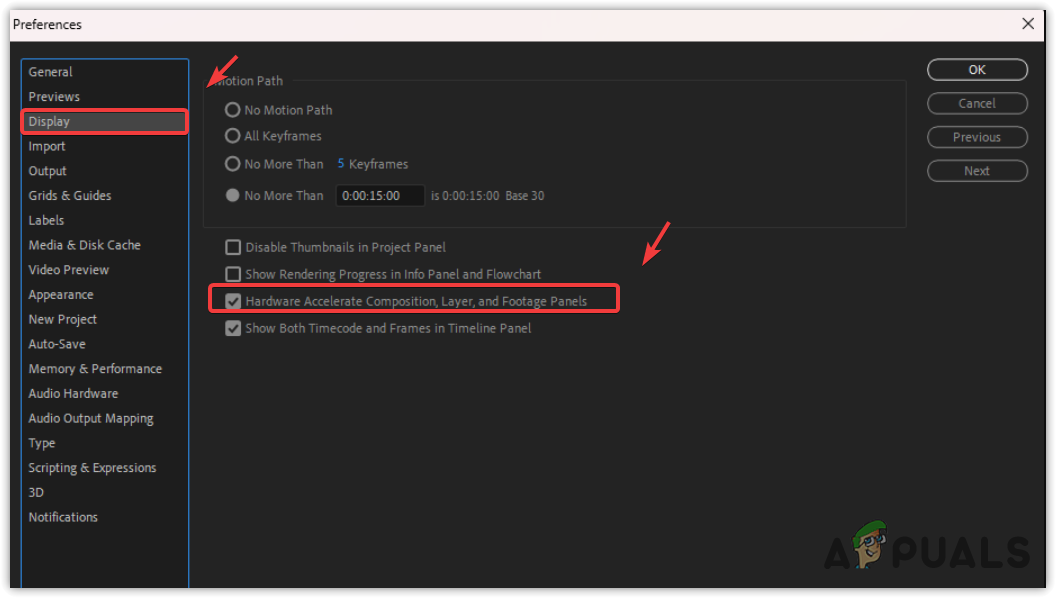
- Restart After Effects and check if the crashes continue.
3. Lower the Preview Quality
High-quality previews can use up a lot of memory, which may lead to crashes. Lowering the preview quality can help your system handle projects more smoothly.
- In the preview panel, select the Quarter resolution option.
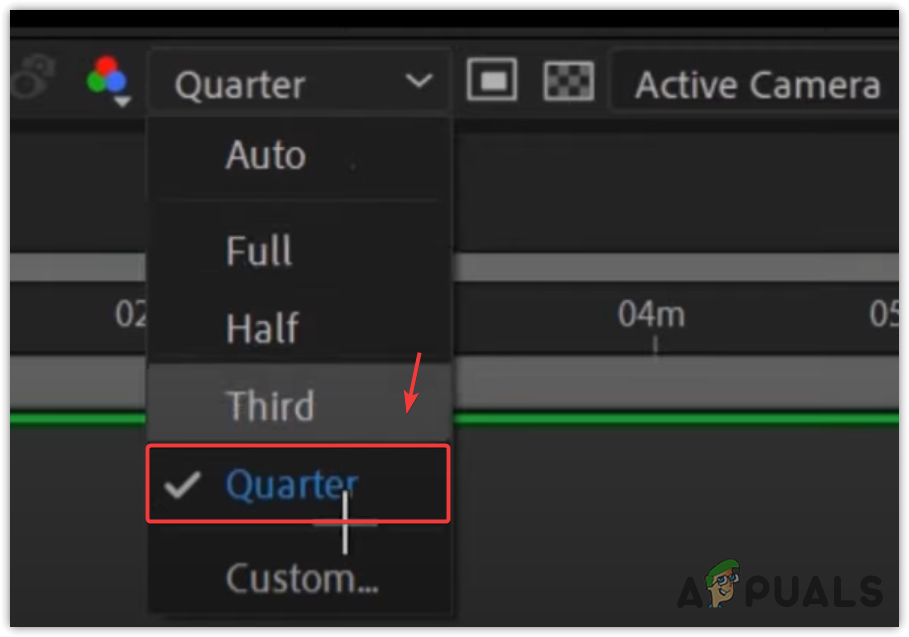
- If your computer is older, choose Custom and set both horizontal and vertical resolution to 9.
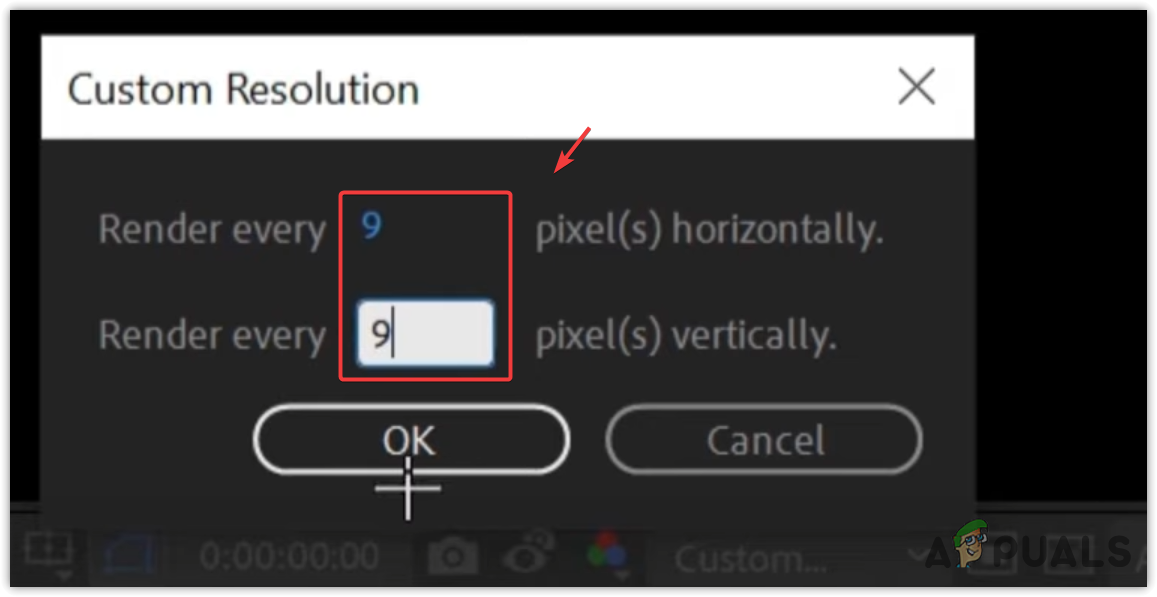
- Click OK. With a lower preview quality, you’re less likely to experience crashes.
4. Increase Disk Cache Size
After Effects recommends giving as much space as you can to its disk cache, as this helps it process information more efficiently. Storing the disk cache on an SSD or NVMe drive can further speed up performance.
- In After Effects, go to Edit > Preferences > Media & Disk Cache.
- Increase the Disk Cache Size as much as your available storage allows.
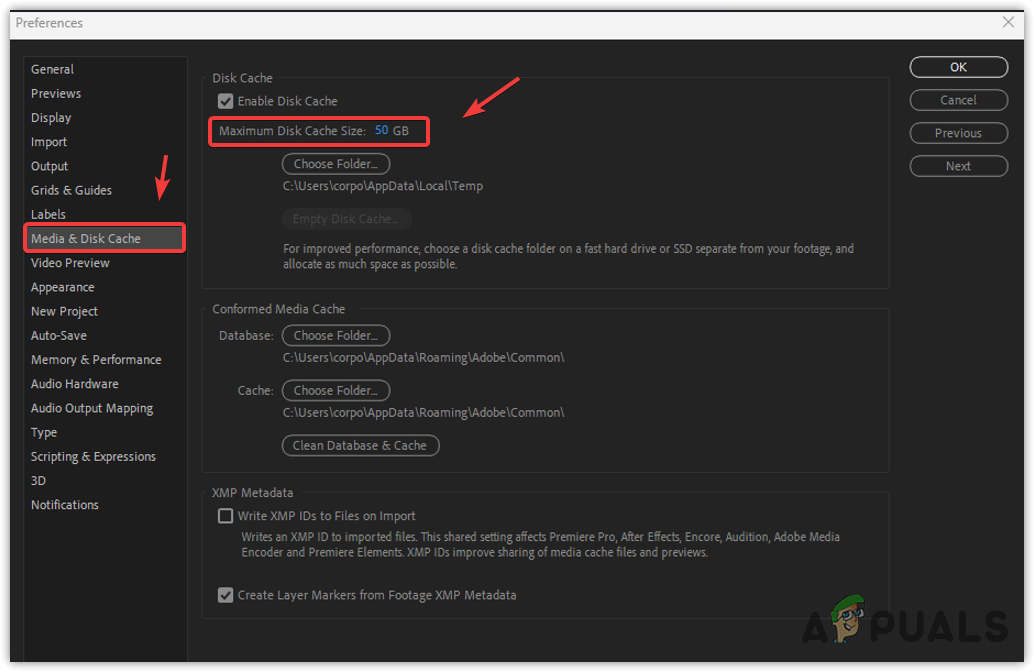
- Check if After Effects keeps crashing after making this change.
5. Clean the Cache Media Database
The Cache Media Database keeps track of all the audio and video files you’ve imported for editing. If this database grows too large, it can slow After Effects down and cause problems.
- Go to Edit > Preferences > Media & Disk Cache in After Effects.
- Click Clean Database & Cache.
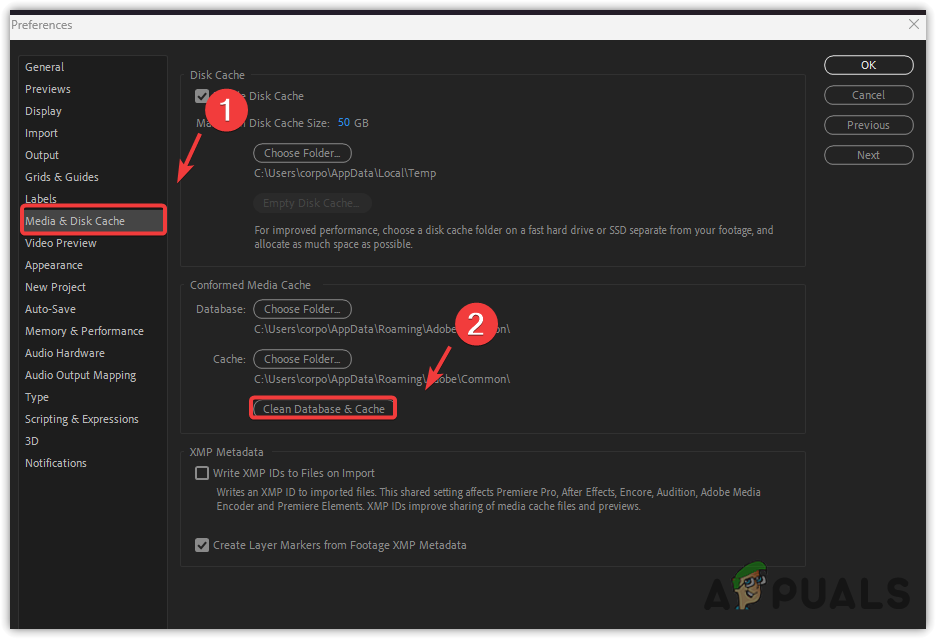
- If After Effects still crashes after cleaning the cache, move on to the next solution.
6. Turn Off GPU Acceleration
GPU acceleration, like Hardware Accelerate Composition, helps After Effects render faster. However, if your hardware isn’t up to date or has limited resources, having this on can cause instability.
- Go to File > Project Settings. Here, look for the Video Rendering and Effects option.
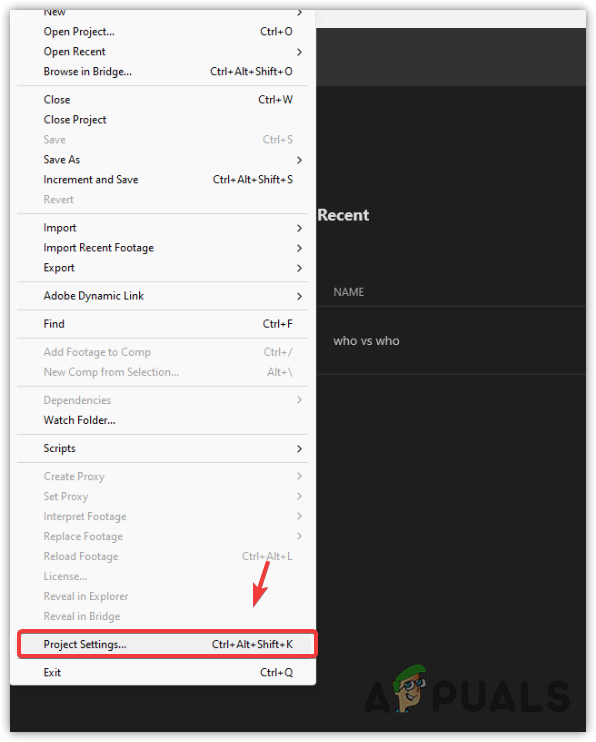
- Switch to Mercury Software Only instead of using GPU settings.
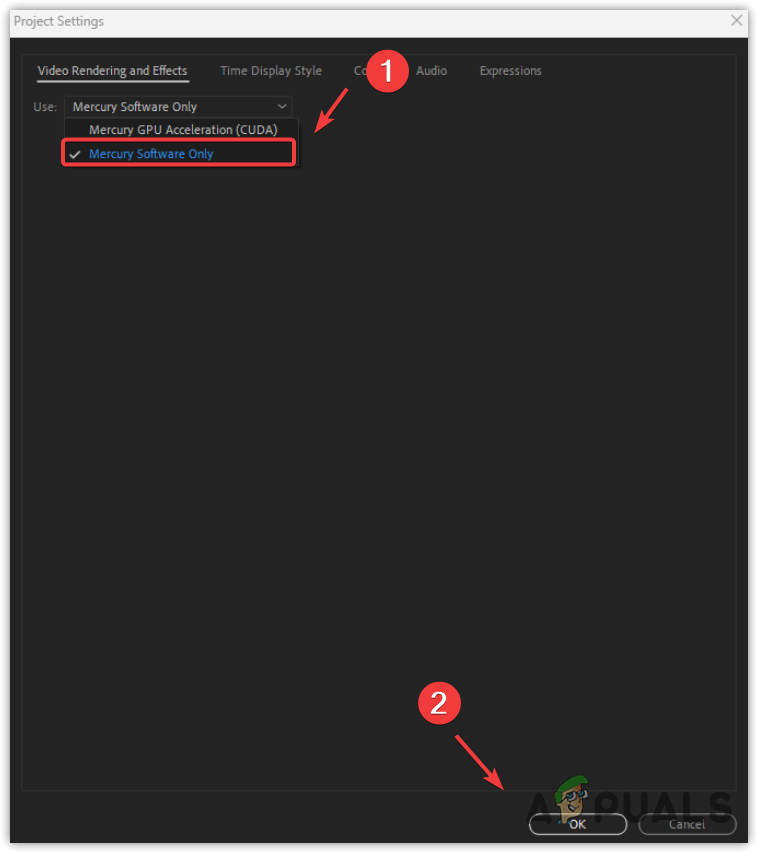
- See if this change helps stop the crashes.
7. Update Your GPU Driver
To keep After Effects running smoothly, make sure you have the latest GPU drivers installed. Graphics driver updates are crucial for stability and preventing crashes.
- Open your GPU management software, like AMD Radeon Software or Nvidia GeForce Experience.
- Go to the Drivers section, then click on Check for updates.
- If there’s an update, download and install it.

- Reopen After Effects to see if the crash issue has been fixed.





